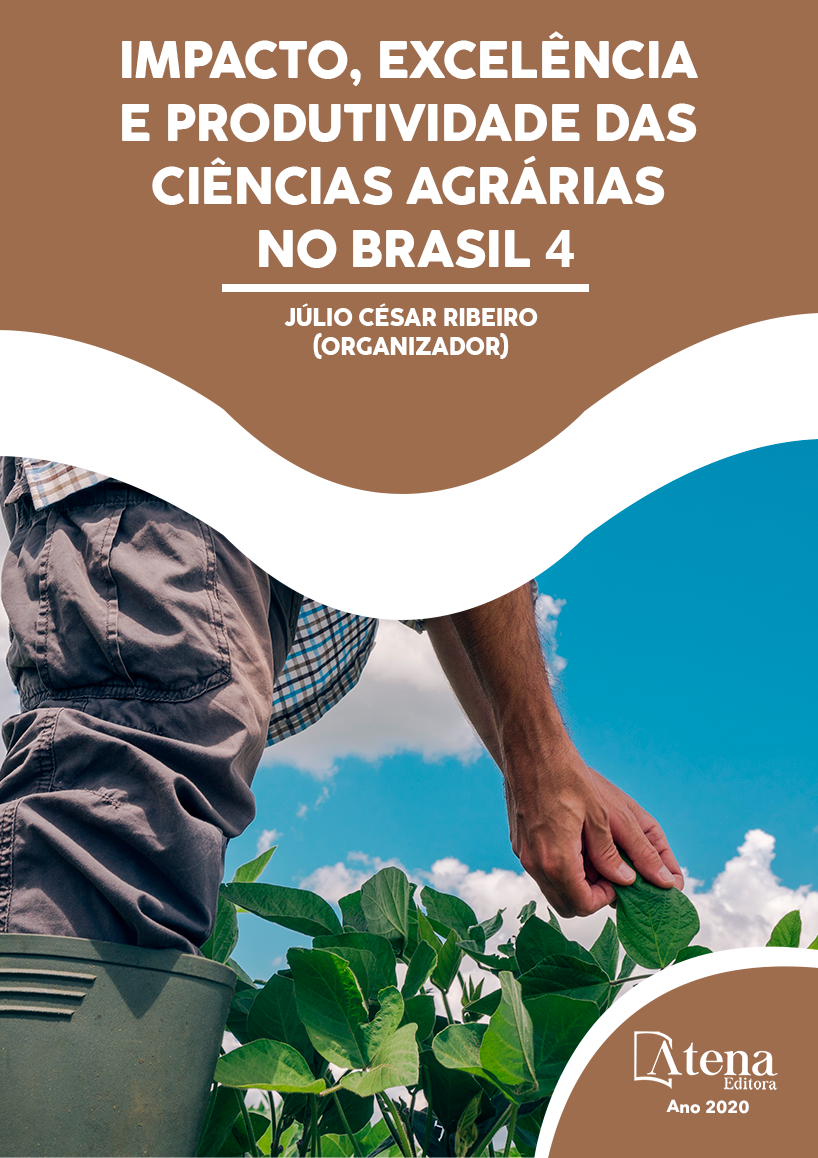
PERSISTÊNCIA E LIBERAÇÃO DE NUTRIENTES DE DIFERENTES PALHADAS NO SISTEMA PLANTIO DIRETO ORGÂNICO DE MILHO-VERDE
O tempo de permanência dos resíduos vegetais sobre o solo e a dinâmica de liberação dos nutrientes são requisitos imprescindíveis para o sucesso do Sistema Plantio Direto. Objetivou-se avaliar a produção de matéria seca, o acúmulo de macronutrientes, a persistência e a liberação de macronutrientes das palhadas de aveia-preta, tremoço-branco e seu consórcio, durante o ciclo da cultura do milho-verde, no sistema plantio direto orgânico. O trabalho foi disposto no delineamento experimental de blocos casualizados, com seis repetições, seguindo um esquema de parcelas subdivididas 3x5, com três palhadas nas parcelas, aveia-preta, tremoço-branco e consórcio de ambas as espécies e cinco épocas de avaliação nas subparcelas, aos 0, 30, 60, 90 e 120 dias após o manejo. Foram realizadas avaliações de massa da matéria seca e conteúdo de macronutrientes remanescentes em cada época de coleta. As palhadas de tremoço solteiro e do consórcio aveia/tremoço liberaram maior quantidade de todos os macronutrientes aos 120 dias após a roçada. A palhada de tremoço apresentou maior velocidade de liberação de nutrientes e menor persistência. O potássio e o magnésio foram os macronutrientes mais rapidamente liberados dos resíduos das plantas de cobertura em relação aos demais macronutrientes.
PERSISTÊNCIA E LIBERAÇÃO DE NUTRIENTES DE DIFERENTES PALHADAS NO SISTEMA PLANTIO DIRETO ORGÂNICO DE MILHO-VERDE
-
DOI: 10.22533/at.ed.5372021053
-
Palavras-chave: Zea mays, Avena strigosa, Lupinus albus, decomposição, meia vida
-
Keywords: Zea mays, Avena strigosa, Lupinus albus, decomposition, half life
-
Abstract:
The residence time of crop residues on the soil and the dynamics of release of nutrients are essential requirements for the success of the no-tillage system. The objective of this work was to evaluate the dry matter production, the macronutrients accumulation, persistence and nutrient release of the black oat straw, lupine white and his intercropping, during the cycle of green corn crop in an organic no-tillage system. This work was arranged in a randomized block design with six replications, following a split plot 3x5, three covers in the plots, black oats, white lupine and intercropping of both species and five evaluation times in the subplots, at 0, 30, 60, 90 and 120 days after the management. It were realized evaluations of dry matter mass and content of remaining macronutrients in each collection time were performed. The lupine straw and the oat/lupine intercropping release greater amounts of all macronutrients in 120 days after mowing. The lupine straw presented a faster nutrients release and lower persistence. The potassium and magnesium were the macronutrients released more quickly of cover crops residue in relation to the others macronutrients.
-
Número de páginas: 18
- Jacimar Luis de Souza
- Rogério Carvalho Guarçoni
- Maurício José Fornazier
- André Guarçoni Martins
- Luiz Fernando Favarato


